SUMMARY
This is AI generated summarization, which may have errors. For context, always refer to the full article.
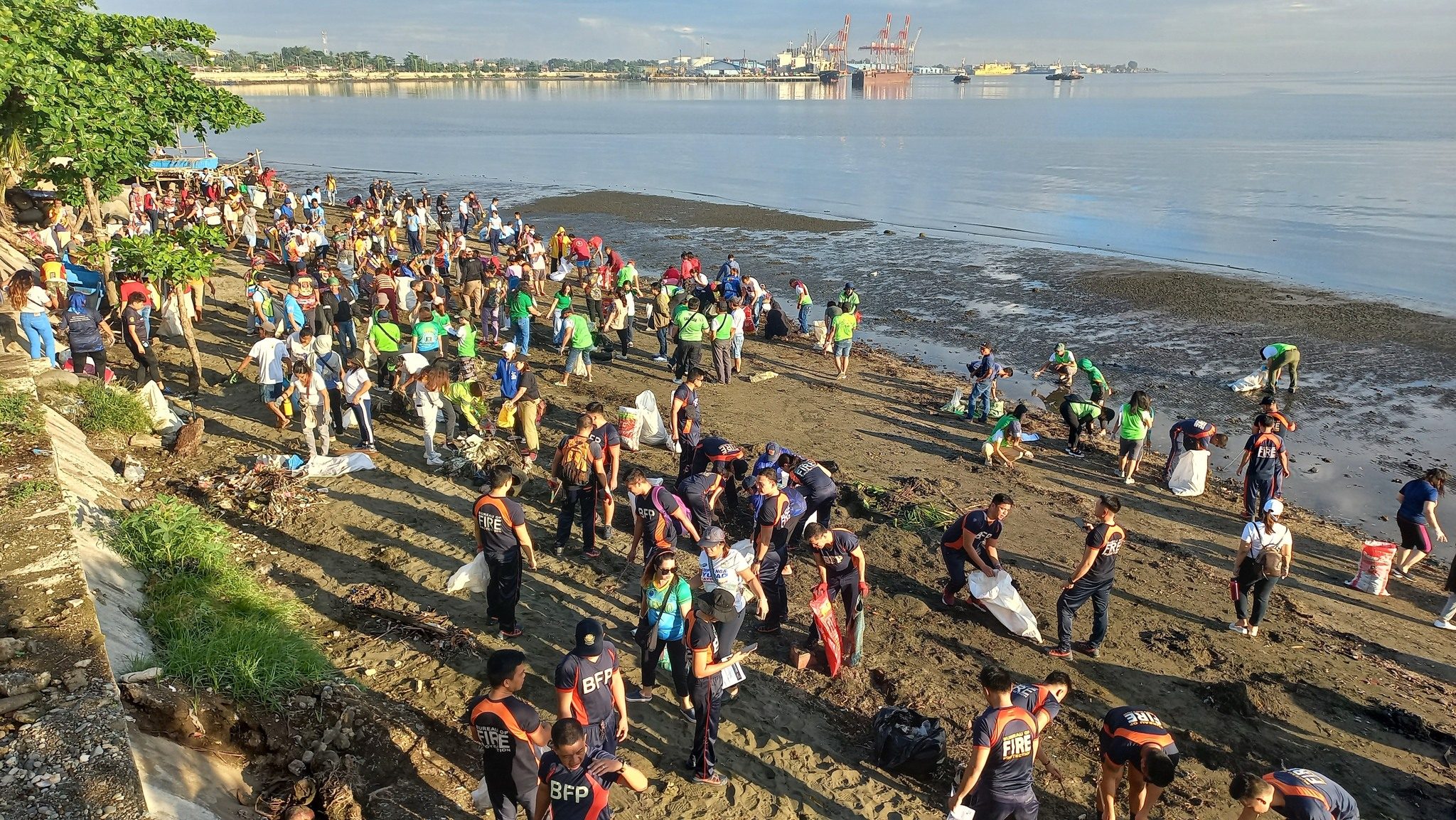
CAGAYAN DE ORO, Philippines – Close to 18 tons of non-biodegradable solid waste were collected by 1,526 volunteers on Saturday, September 16, when Cagayan de Oro City once again joined the International Coastal Clean-up (ICC) campaign.
The haul collected from a 6.98-kilometer coastline in 12 coastal villages confirms what was anticipated last year: Cagayan de Oro’s coastal areas are filled with quickly discarded plastic items like wrappers, sachets, pouches, and plastic materials.
Jerson Ebal, who heads Cagayan de Oro-based Kusgan Volunteers Incorporated and has been participating in the annual coastal clean-up program since 2020, confirmed that the most common items they found along the seashore were plastic bottles, wrappers, and sachets.
Ebal said his group has extended their clean-up operations to rivers and creeks because these waterways serve as conduits for household solid waste.
Forester Mercedita Barbarona, deputy chief for conservation and development of the Department of Environment and Natural Resources (DENR) in Northern Mindanao, said the ban on single-use plastic carry-out bags or “sando bags” in Cagayan de Oro had an impact.
Barbarona referred to City Ordinance No. 13378-2018, the Integrated Ecological Solid Waste Management Ordinance of Cagayan de Oro, that took effect on January 1, 2019. The ban affected groceries, restaurants, fast-food chains, and all other stores selling consumer goods such as groceries.
“Single-use plastic bags are no longer floating on the Cagayan de Oro River,” Barbarona said in a forum on Friday, September 15, although there are six other rivers and six creeks that potentially could carry trash items downstream toward the shores.
Made out of low-density polyethylene (LDPE), a tough, light, flexible synthetic resin, this type of plastic bag has become a rarity in the last three years. It used to be the most common find since Northern Mindanao joined the annual ICC in 1997.
Although single-use plastic products could take at least 20 years to decompose, faster than coffee cups (30 years), plastic cutlery items (100 years), plastic straws (200 years), and plastic bottles (450 years), these LDPE bags have been the common culprit in clogged-up waterways, which cause urban flooding.
In 2022, more than 2,000 people who combed the coastal areas of Cagayan de Oro for non-biodegradables were able to collect 16,357 kilograms of litter from a 7.895-kilometer coastline of Cagayan de Oro.
But Barbarona said that although single-use plastic bags were nowhere to be found, trash items made of or out of plastic materials were among those collected in coastal clean-up operations and that these could get out of hand.
These, she said, include food wrappers, used sachets and pouches (of shampoos, powdered soap, coffee, beverages, and cleaning liquids), grocery bags or eco-bags, plastic soft drink and water bottles, plastic bottle caps, and plastic soft drink or juice cups.
Most sachets are made up of paper, plastic, and aluminum foil, while most candy wrappers are made out of plastic and aluminum. Recycling them would be challenging due to the difficulty of separating the component materials.
Barbarona said that while there has been a growing interest in coastal clean-up activities, with the list of volunteers has been growing from just hundreds to thousands in recent years, the long-term goal, however, should be “behavioral transformation” among residents.
For instance, in the villages of Lapasan and Puntod, women have organized themselves in the recycling of plastic items, including wrappers, sachets, pouches, bottles, and cups, into bags and house decors.
These, she said, are the ones caught by two units of trash traps that the DENR in Northern Mindanao turned over to the barangay governments of Lapasan and Puntod on February 17 this year.
These trash traps were installed at Bitan-ag Creek in Lapasan, each trash trap made of about 57,000 used empty plastic bottles from barangay residents under the “Trash for Rice Campaign” of the DENR Northern Mindanao.
But even with these trash traps, both villages together account for more than half of Saturday’s 18-ton collection of non-biodegradables: Lapasan, 4,736 kilos, and Puntod, 4,895 kilos.
Although the 2003 Presidential Proclamation No. 470 declared the third Saturday of September of every year as Coastal Clean-up Day, Barbarona said that clearing coastlines and waterways from solid waste is often done.
She said many civic groups and business firms, including schools, would coordinate with their offices in the identification of coastal areas where clean-up activities may be conducted as their initiatives to save Mother Earth.
Barbarona suggested that a way must be found to eliminate packaging products in retail sales, in the guise of “budget packs” if manufacturing companies could not devise strategies for recovering their wrappers, sachets, pouches, and plastic items such as bottles, caps, cups, straws, and stirrers.
She suggested that they allocate more of their corporate social responsibility funds to coastal clean-ups. – Rappler.com
Add a comment
How does this make you feel?
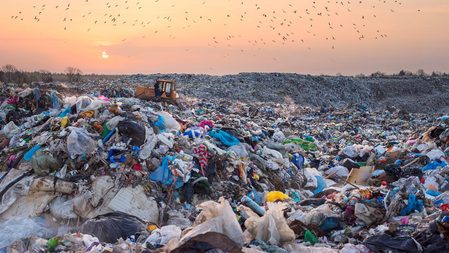






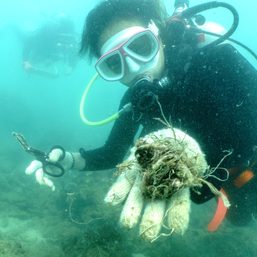
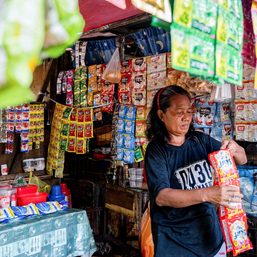
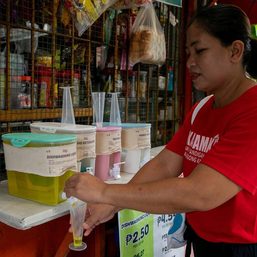
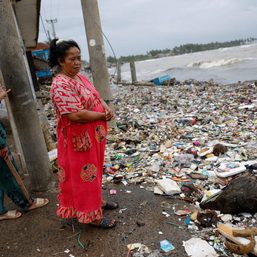




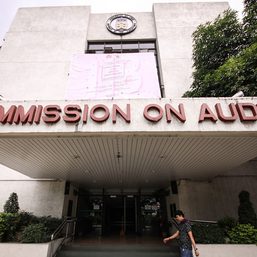
There are no comments yet. Add your comment to start the conversation.